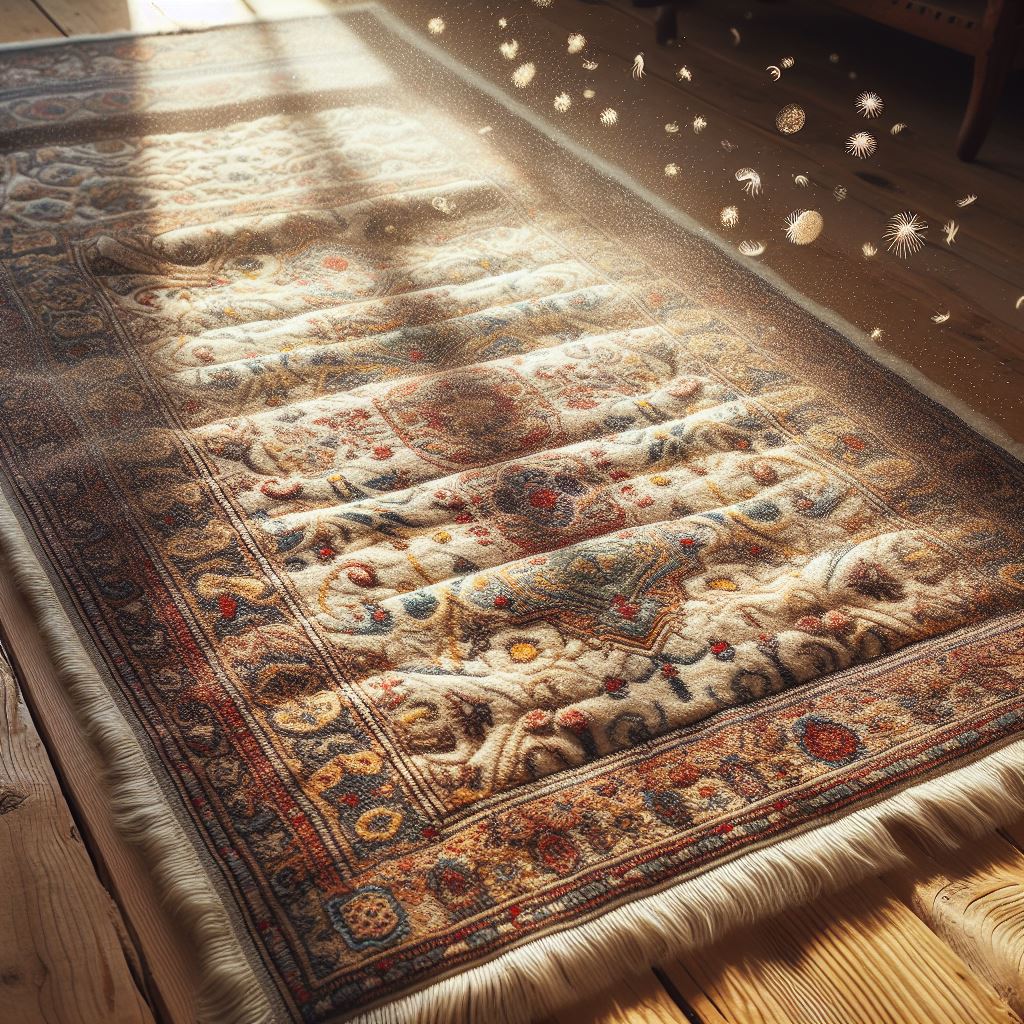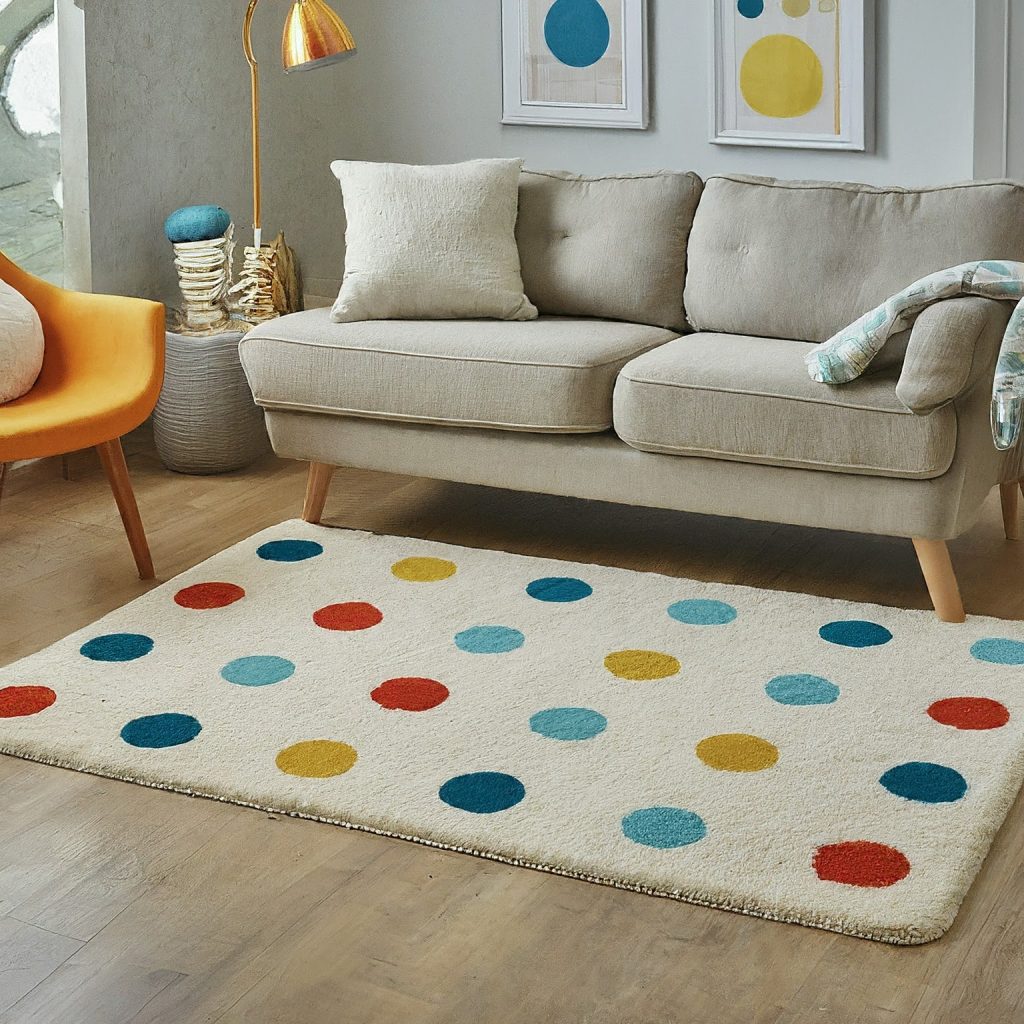OFEEFAN Women's Summer Tops 2024 Trendy Short Sleeve Shirts Smocked Crewneck Tee
48% OffIndoor rugs can trap dust, dander, pollen and other allergens that trigger reactions. For allergy sufferers, choosing the right rug material and maintaining it properly are key to reducing exposure. Read on to learn what rug fibers are most suitable for allergies and how to select the healthiest rug.
How Rugs Worsen Allergies

Rugs pose several allergy risks:
- Trap dander and dust – Fibers hold onto shed pet dander, dust mites, lint and other debris. Vacuuming only removes surface particles while deeper ones remain.
- Gather mold and mildew – Humidity and spills promote mold/mildew growth in rug fibers and backing. This releases spores into indoor air.
- Shed natural fibers – Materials like wool and cotton release microscopic fibers that can irritate airways.
- Harbor musty odors – Damp rugs absorb odors that contain VOCs and other irritants. New rugs may also “off-gas” chemicals.
- Limit hard flooring – Carpets and rugs cover up hard flooring options that are easier to keep allergen-free.
With so many potential triggers, the wrong rug can certainly worsen allergies. But the good news is there are allergy-friendly options that minimize these effects.
Best Rug Fibers for Allergies
Rug material affects how much it will aggravate allergies. Here are the best rug fiber options for allergy sufferers:
Synthetic Fibers (Nylon, Polyester, Olefin)
Pros:
- Do not absorb moisture, resist mold and mildew
- Smooth surface deters dust mites
- No shed fibers to trigger asthma
Cons:
- Can generate static electricity that attracts particles
Natural Fibers (Cotton, Wool)
Pros:
- Breathable fibers stay cooler
- Natural materials are more hypoallergenic
Cons:
- Absorb moisture and can develop mildew
- Shed microscopic fibers into the air
- Attract dust mites that feed on natural fibers
Microfiber (Polyester/Polyamide Blend)
Pros:
- Ultra-fine fibers trap smaller particles
- Smooth surface deters buildup
- Dries quickly and resists moisture
Cons:
- Some microfiber sheds particles
- Static charge attracts allergens
Overall, synthetic fibers like nylon and microfiber offer the most allergy-friendly rug options.
Other Features of Hypoallergenic Rugs
Along with fiber content, these other factors enhance allergy safety:
- Tightly woven low pile resists trapping allergens
- Natural rubber or felt backing deters mold growth
- Antimicrobial treatment inhibits mildew, bacteria
- Hand-washable small sizes facilitate cleaning
- Solid color hides visible dirt and stains
- Green label certified for low VOCs
- Enzyme pretreatment reduces VOC off-gassing
Prioritize rugs with as many of these allergy-conscious characteristics as possible.
Best Rug Styles for Allergies

Here are the top rug styles recommended for allergy relief:
Low Pile or Flatweave Rugs
Pros:
- Tight flat weaves prevent dust and dander settling in
- Easily vacuumed and cleaned
Cons:
- Less padded comfort underfoot
Examples: Kilim rug, dhurrie rug, braided rug
Small Washable Mats or Runners
Pros:
- Contained size allows regular machine washing
- Limit coverage to high-traffic areas
Cons:
- Can slide and won’t pad a room
Examples: Bathmats, kitchen mats, doormats
Hard-Backed or Felted Rugs
Pros:
- Impervious backing deters moisture absorption
- Lies flat and stays in place
Cons:
- Less cushioned underfoot
Examples: Rug pads, felted wool rugs
Choose the right rug size and style for your needs while optimizing allergen resistance.
Rug Materials to Avoid for Allergies
Steer clear of these higher allergen rug materials:
- Jute or sisal – shed natural fibers
- Rubber – harbors latex proteins
- Animal hides – attract dust mites
- Deep shag or high pile – trap dander and dust
- Natural fiber wall-to-wall carpeting – absorbs moisture and allergens
- Large ornate wool rugs – shed fibers and gather dust
Stick to synthetic, tightly woven, easy-to-clean rugs instead.
Rug Maintenance to Reduce Allergens
Once you choose the optimal rug, maintain it with these tips:
- Vacuum twice weekly – use HEPA filter and powerful suction
- Professional steam clean annually – kills dust mites and removes deep debris
- Wash small rugs – use hot water and fragrance-free detergent
- Groom high-pile rugs – use a stiff brush to disrupt settled particles
- Rotate larger rugs – spread wear patterns and vacuum underneath
- Dry thoroughly after spills or cleaning – do not allow mold growth
- Test rug pads for off-gassing and replace old pads
- Spot clean stains quickly – use carpet cleaner for organic matter
With diligent care, even allergy-prone rugs can be sanitized regularly to provide a cleaner indoor environment.
Benefits of Hard Flooring for Allergies
While the right rugs can help, expanding hard flooring surfaces provides the biggest relief for allergy sufferers. Benefits include:
- Easily sweep and mop debris, dander and dust away
- No fibers or padding to trap allergens
- Limit mold and mildew growth without absorbing moisture
- Cooler surface temperatures deter dust mites
- Fewer irritating fibers shed into indoor air
- Can use area rugs to add color that are easy to clean
Hardwood, tile, laminate, stone, and sealed concrete flooring are all excellent choices for alleviating allergies.
Summary
The proper rug can make a home cozier without worsening allergies. Look for synthetic, tightly woven, low-pile rugs in small sizes. Maintain through frequent vacuuming, washing, and professional cleaning. Pair hypoallergenic area rugs with expansive hard flooring surfaces throughout the home for maximal relief. With some thoughtful choices, you can design an indoor environment that looks great while keeping allergens at bay.






